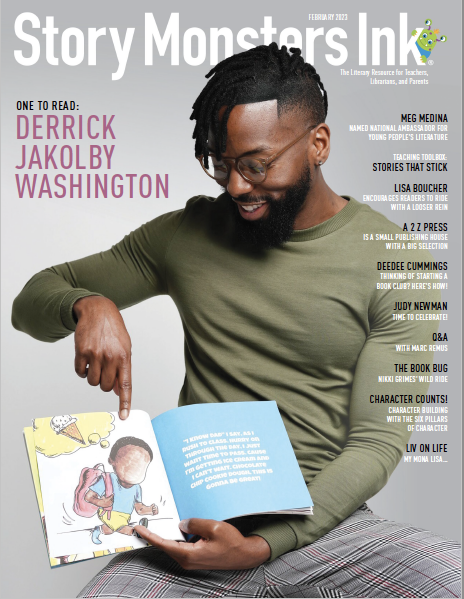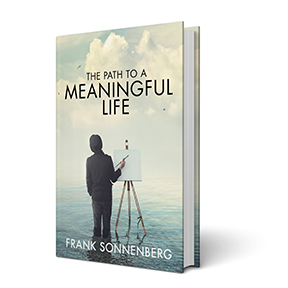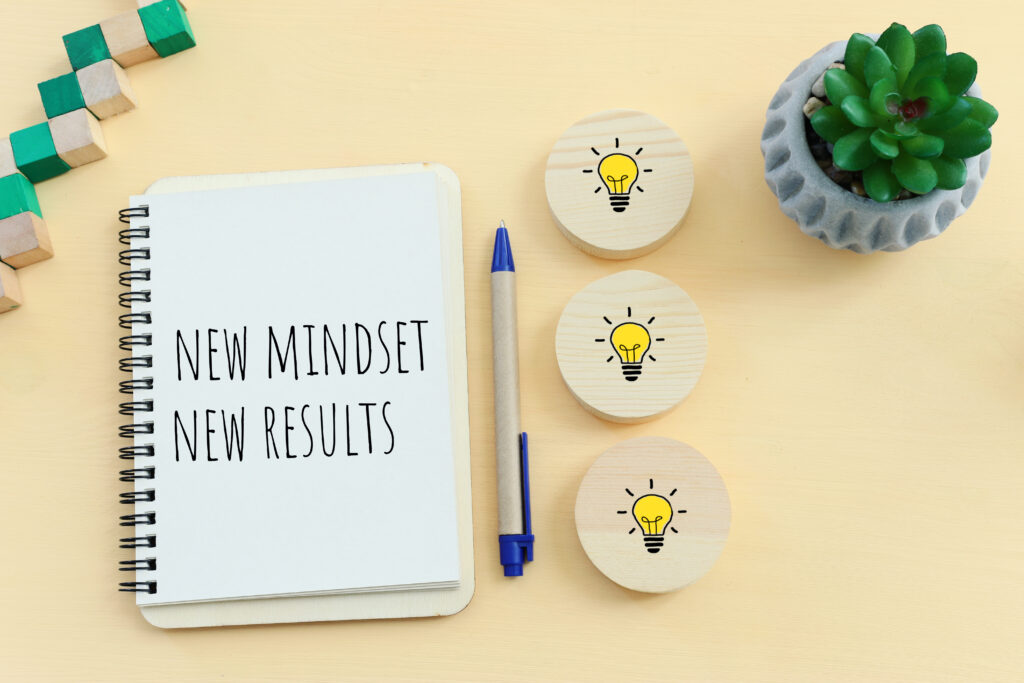Leadership by Example
Enjoy this excerpt from Leadership by Example: Be a Role Model Who Inspires Greatness in Others by our friend, Frank Sonnenberg.

If You Believe You Can’t, You Won’t
What describes your way of thinking? Are you more likely to say, “Why them and not me?” or “If they can do it, so can I?” Your answer to that question will either motivate you to reach new heights or discourage you from even trying.
When you believe that something is possible, your chances of achieving it are greatly enhanced.
On the other hand, some people believe that success is beyond their reach and use that reasoning as an excuse not to try. Instead, they spend their valuable time pointing fingers, making excuses, and complaining that life isn’t fair — because it’s easy. Others are so afraid of failing that they lower expectations to shield themselves from embarrassment in case they do. Last, there are those who allow themselves to be conned into believing that people “like them” don’t stand a chance. So sad!
Your mindset determines whether you have the wind at your back or face headwinds that hold you back.
The Sky Is the Limit
We all compare ourselves to others. But the way that we compare ourselves varies wildly.
Are you constructive? Some folks say, “If they can do it, so can I.” They try to emulate the behavior of successful people.
Are you destructive? Other folks say, “Why them and not me?” They let anger and resentment get the better of them. Instead of looking for ways to build themselves up, they look for ways to tear others down.
When you believe you can achieve anything you set your mind to, your faith will give you strength, hope, and confidence. You’ll have confidence in your ability and remain steadfast and determined until you reach your final goal.
Conversely, when you believe that others hold an unfair advantage and that the cards are stacked against you, this belief will discourage you from making the effort. Instead of taking the bull by the horns and accepting responsibility for your destiny, you’ll fail to make the personal sacrifice, put in the hard work, and make the commitment required to succeed. In fact, you may even throw in the towel before you start — and then blame others for your misfortune.
If you fail to try, you’ll succeed in failing.
Think of the people you surround yourself with. Do they bring out the best in you or are they holding you back? Do they inspire you to achieve greatness or do they drag you down? It’s one thing for you to decide not to try, and quite another for others to rob you of the possibility. You have the ability to achieve anything you want in life. Don’t let anyone tell you otherwise.
The One Who Might Be Holding You Back Is You
You can achieve great things, but you must be willing to try. That will require hard work, sacrifice, and determination. Of course, there will be challenges and obstacles for you to overcome. But the power to achieve your goals is totally within your control. Your frame of mind can work for you or against you. Why handicap yourself and make your life more difficult than it has to be? Failing to achieve something is excusable; failing to try is not. You can blame others all you want, but the real path to success lies within yourself. Don’t throw it away. The one who might be holding you back is you. If you believe you can’t, you won’t.
This post is excerpted from Leadership by Example: Be a role model who inspires greatness in others by Frank Sonnenberg © 2023 Frank Sonnenberg. All rights reserved.
# # #

Frank Sonnenberg is an award-winning author and a well-known advocate for moral character, personal values, and personal responsibility. He has written 10 books and has been named one of “America’s Top 100 Thought Leaders.” Additionally, his blog — FrankSonnenbergOnline — has attracted millions of readers and was recently named one of the “Top Self-Improvement and Personal Development Blogs” in the world and one of the “Best Inspirational Blogs On the Planet.” Frank’s newest book, Leadership by Example: Be a role model who inspires greatness in others,was released June 13, 2023.










